Experience Eco-Tourism in Bali Through Mangrove Planting – Mangrove planting in Bali is more than just an activity—it’s a meaningful step toward protecting the island’s delicate coastal ecosystems. As part of a growing eco-tourism movement, this hands-on experience allows travelers to directly support nature conservation while connecting with the local environment.
Amid Bali’s natural beauty and cultural richness, mangrove planting offers a deeper layer to the travel experience—one rooted in purpose, sustainability, and positive impact.
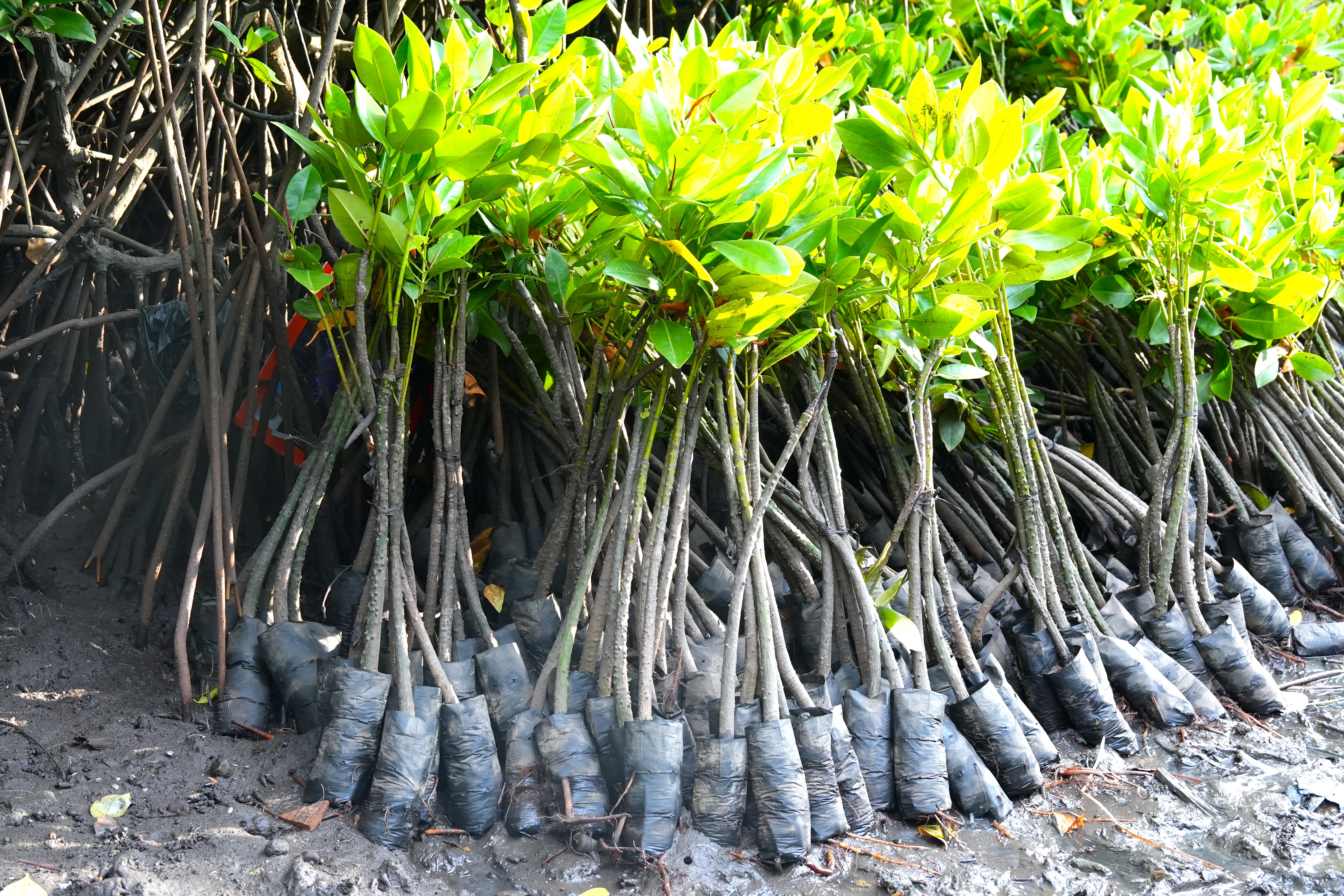
What is Mangrove Planting?
Mangrove planting in Bali is the process of reintroducing mangrove trees along coastal areas to restore natural habitats and protect vulnerable shorelines. In places like Bali, where marine ecosystems face pressure from tourism and development, mangrove reforestation has become a crucial environmental initiative.
This hands-on activity, now accessible through a partnership with Kura-Kura Bus, not only benefits the environment but also offers visitors a meaningful way to connect with Bali beyond the usual tourist experience. Traveling with Kura-Kura Bus ensures a convenient, eco-conscious journey to the planting site—making it easy for travelers to give back while exploring the island.
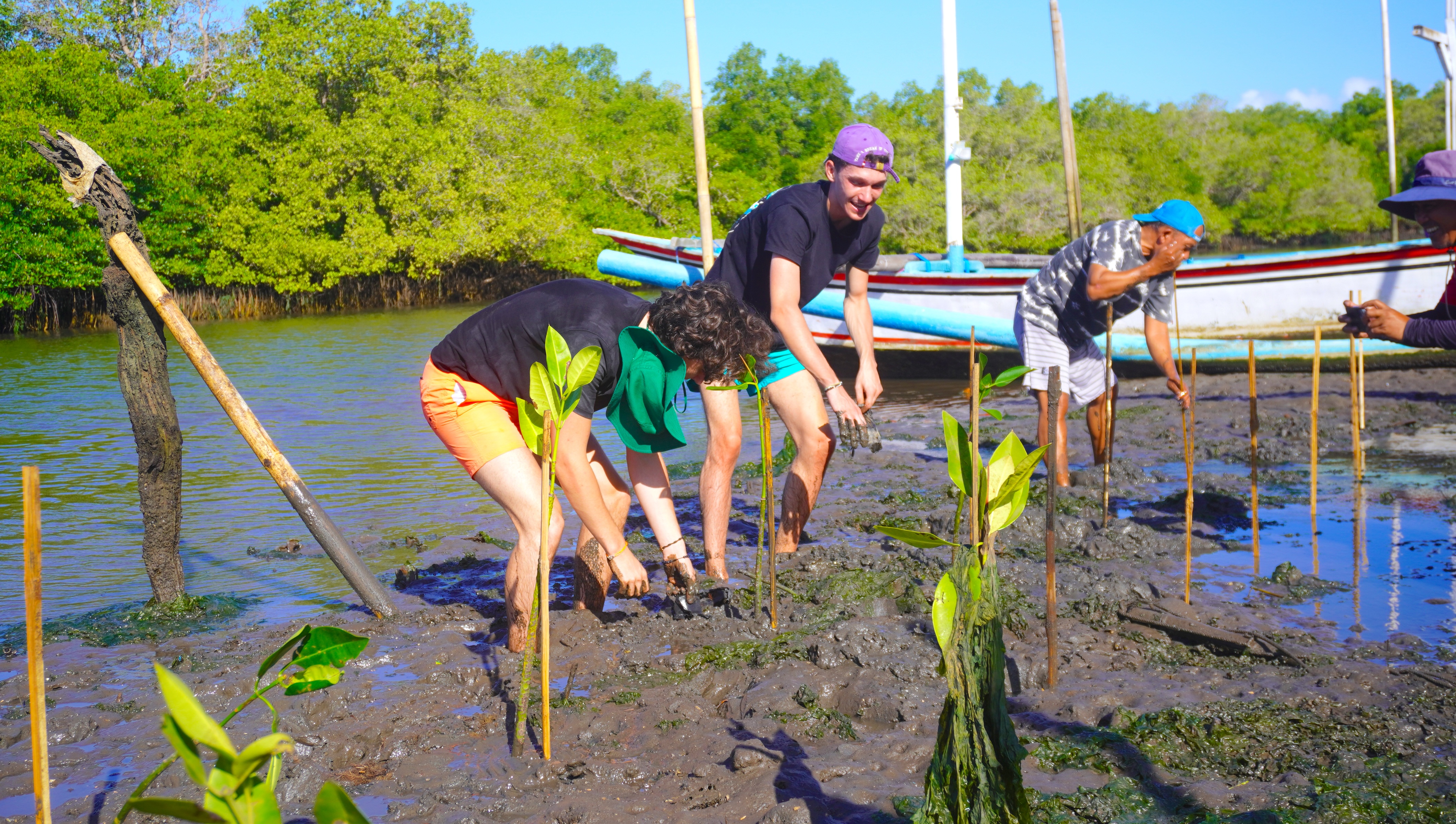
Why Are Mangroves So Important?
Mangroves are ecological powerhouses. These unique trees grow between land and sea, forming dense root systems that bring a range of environmental benefits:
Protect coastal areas from erosion and storm surges
Serve as nurseries for marine life like fish, shrimp, and crabs
Filter pollutants from the water, improving coastal water quality
Absorb large amounts of carbon, making them vital in the fight against climate change
Healthy mangrove forests are essential for the long-term resilience of coastal communities and marine ecosystems.
The Social Impact: Supporting Communities through Conservation
Mangrove planting doesn’t only protect the environment—it also supports people. In Bali, local fishermen groups like Wana Segara Kertih are actively involved in mangrove conservation. By joining a planting activity, you help:
Sustain the livelihoods of coastal communities
Raise awareness about environmental stewardship
Promote eco-tourism that benefits local people directly
Encourage youth and travelers to be part of real change
This is not just about trees; it’s about communities and future generations.
Ready to be part of the change? Contact us here to join the mangrove planting experience.
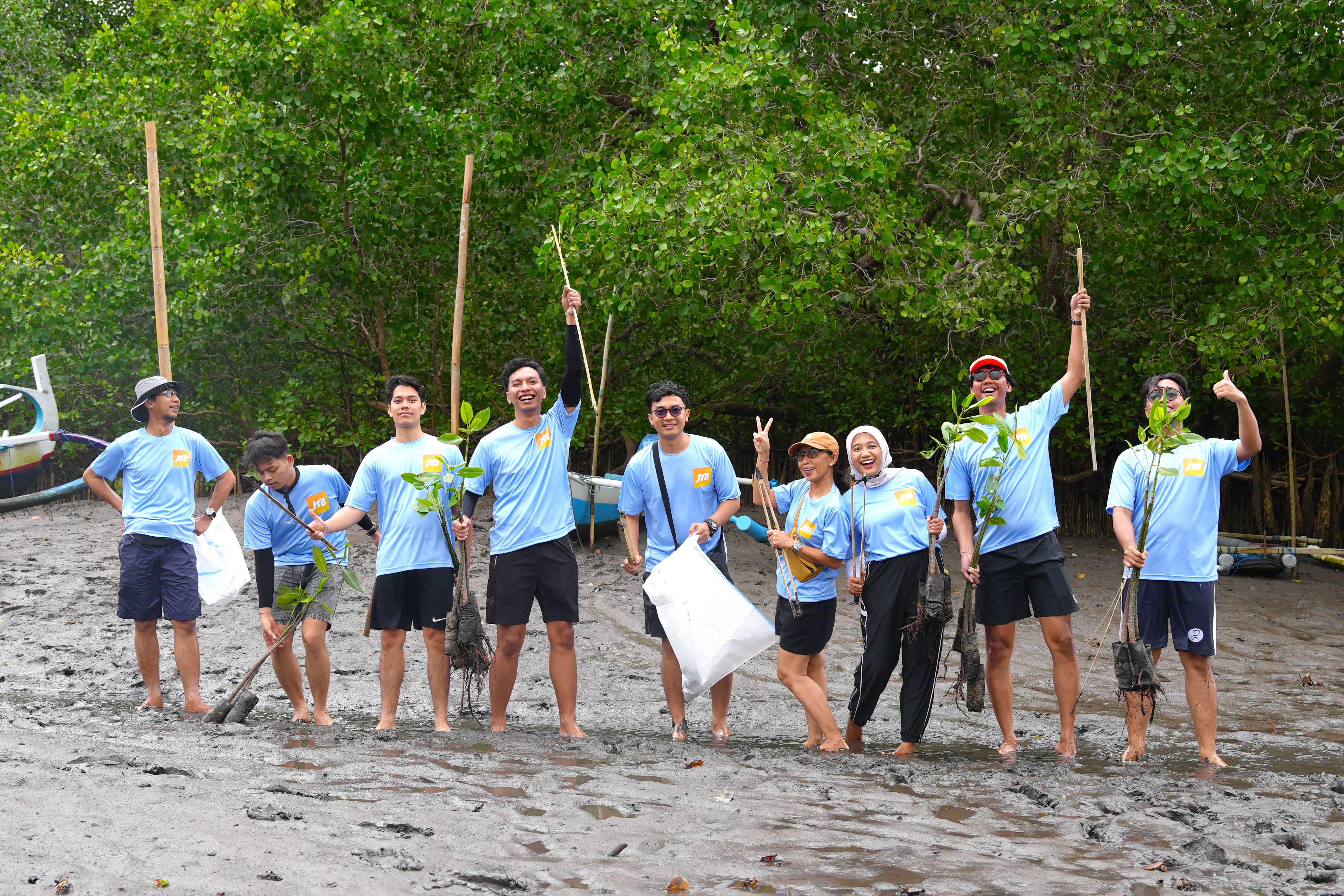
How Does Mangrove Planting Work?
The planting process is both educational and rewarding. Here’s what usually happens during a session:
Briefing: Learn about mangrove ecosystems, threats they face, and how restoration helps
Field activity: Get muddy planting young mangrove seedlings along tidal zones
Monitoring: Learn how the seedlings are cared for over time to ensure survival
Optional tours: Explore the mangrove forest via footpaths or boat rides or canoe
No prior experience is needed—just a willingness to get involved and a respect for nature.
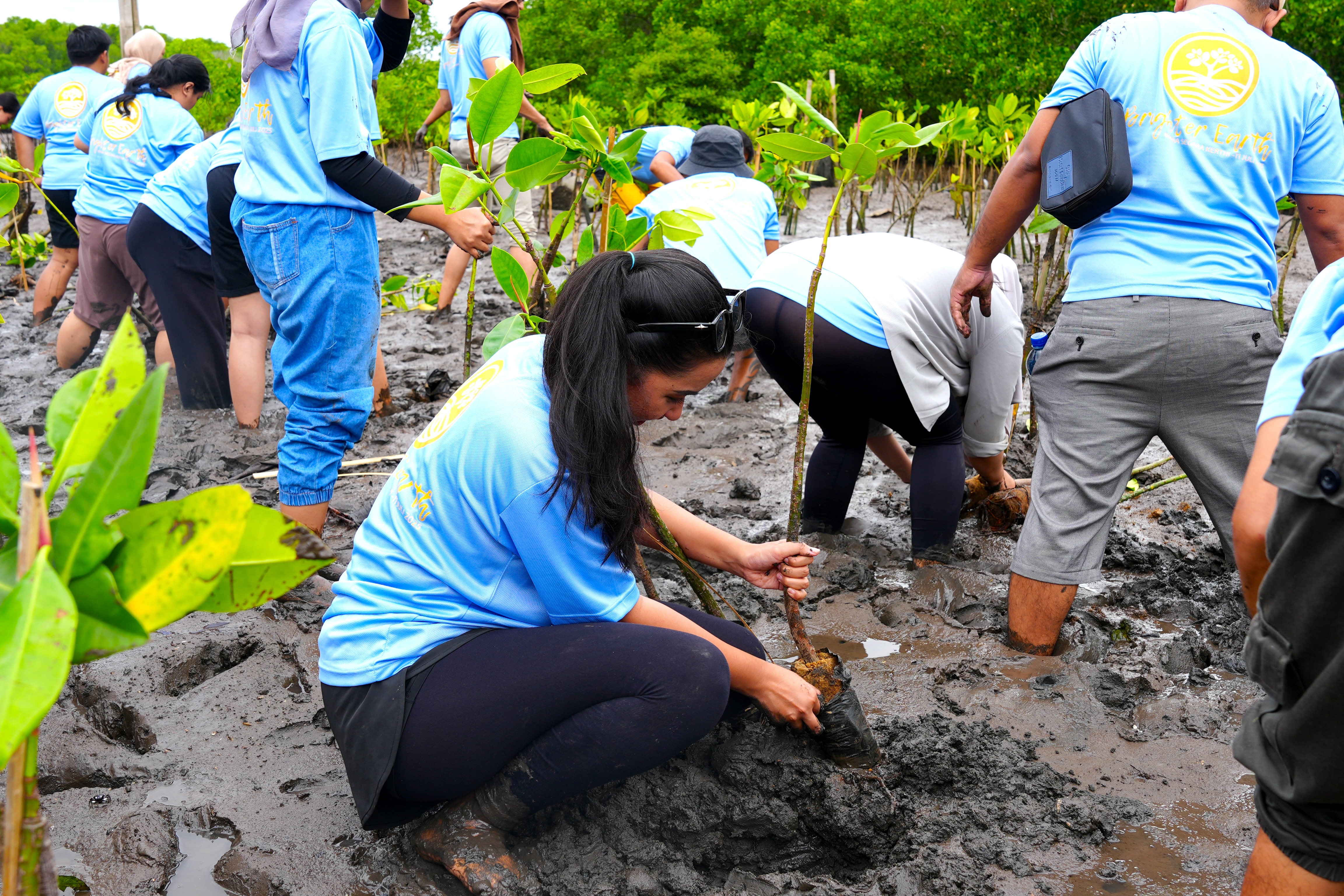
Where to Join Mangrove Planting in Bali: Kura-Kura Bus x Wana Segara Kertih
You can experience mangrove planting through a unique collaboration between Kura-Kura Bus and Wana Segara Kertih, a respected community-based fishermen group in the Suwung area of South Denpasar.
This partnership ensures that:
Transportation is easy and eco-friendly with Kura-Kura Bus
Local communities benefit directly from tourism involvement
You get a guided, educational, and hands-on experience in a protected natural area
Whether you’re a solo traveler, family, school group, or part of a company CSR initiative, this program is designed to be inclusive, impactful, and enjoyable.
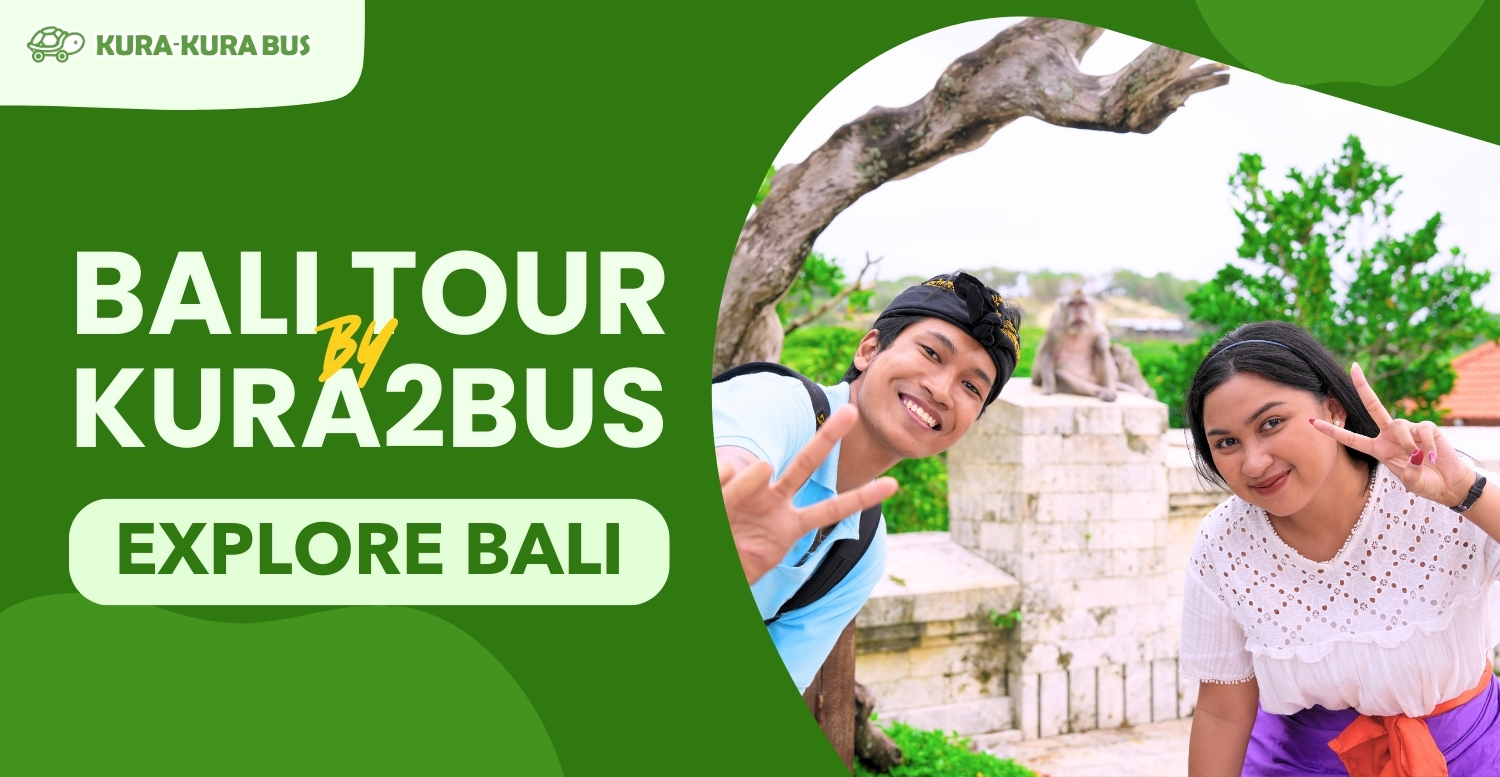
What to Bring during Mangrove Planting
Comfortable clothes that can get wet or muddy
Change of clothes and a towel
Eco-friendly sunscreen and insect repellent
Reusable water bottle
Camera or phone for photos—just be careful around water and mud!
Challenges in Mangrove Restoration
While the process is rewarding, it’s not without its challenges:
Urban development and land conversion threaten mangrove zones
Some restoration fails due to planting the wrong species or poor site choice
Pollution, especially plastic waste, harms young seedlings
Long-term success depends on regular maintenance and monitoring
By joining a well-managed program like Wana Segara Kertih’s, you help ensure the work is meaningful and sustainable.
Travel that Gives Back
Mangrove planting in Bali isn’t just a feel-good activity—it’s a vital effort that contributes to the island’s environmental health and local economy. Through partnerships like Kura-Kura Bus and Wana Segara Kertih, travelers can play an active role in conservation, education, and community empowerment.
When you plant a mangrove seedling, you’re not only helping Bali—you’re becoming part of a global movement for responsible, regenerative tourism.
Contact Us for Mangrove Planting
Mangrove planting in Bali is the process of reintroducing mangrove trees along coastal areas to restore natural habitats and protect vulnerable shorelines. In places like Bali, where marine ecosystems face pressure from tourism and development, mangrove reforestation has become a crucial environmental initiative.
This hands-on activity, now accessible through a partnership with Kura-Kura Bus, not only benefits the environment but also offers visitors a meaningful way to connect with Bali beyond the usual tourist experience. Traveling with Kura-Kura Bus ensures a convenient, eco-conscious journey to the planting site—making it easy for travelers to give back while exploring the island.
Ready to be part of the change? Contact us here to join the mangrove planting experience.


